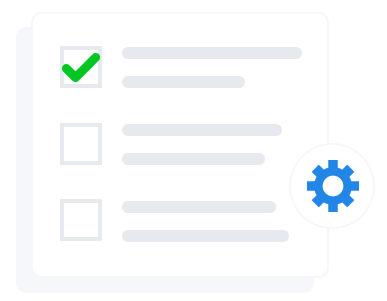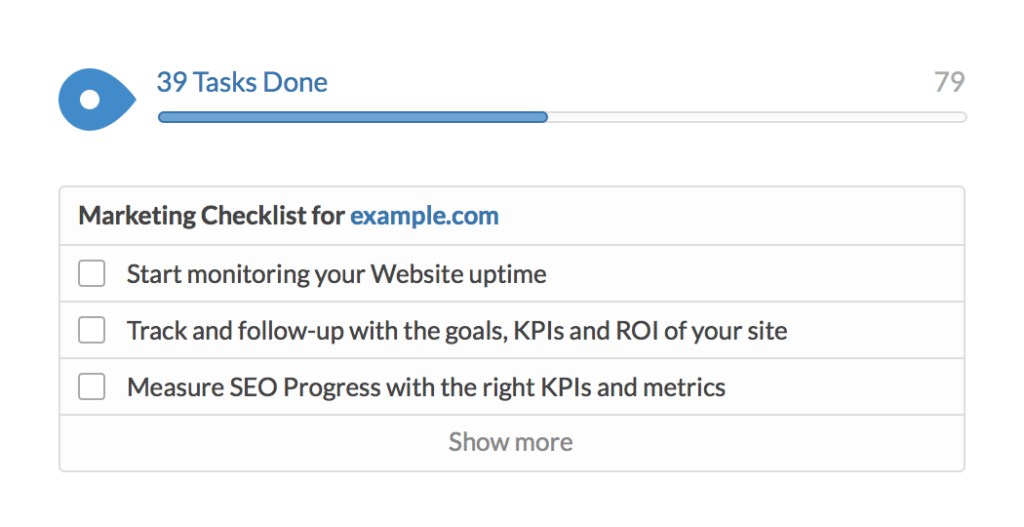In part 1 of our trade show marketing blog, we discussed the details of planning a for a trade show. Planning is one of the most important parts of any business activity, with no exception to large trade shows, as it gives you a strategy and a guide to work around.
In part 2, we will walk you through the execution of a successful trade show. This post focuses on bringing the right materials, getting the most out of your staff, setting yourself up for post-show measurement, qualifying leads, and understanding that not all attendees fit your target market.
1.) Materials Needed (and sometimes forgot)
One challenge of hosting a booth at a trade show is sheer amount of materials needed. With the help of Vertical Response, we’ve put together a list of materials you should consider bringing.
- Business cards
- Your product (if it’s tangible)
- Laptop/charger (for demos of your products/services)
- Data sheets (brochures)
- Data sheet stands
- Extension cords
- Fishbowl to collect business cards
- Internet (Mi-Fi)
- iPad
- Lead Cards (refer to #3 below)
- Monitor or TV
- Monitor cord – mini display port adapter
- Pens
- Pen holder
- Pop-up banners
- Portable cart
- Return shipping labels
- Scissors
- Shipping tape
- Stapler
- Swag (branded t-shirts, pens, fun stuff etc.)
- Thin-tipped permanent markers (for writing notes on business cards)
- Water bottles (don’t want a dry throat)
- Company-branded tablecloth
2.) Ensure staff is well-trained and coordinated
Setting up an appealing booth and promoting it before the show is only a small part of your potential trade show success. The rest relies heavily on the competence and effectiveness of your booth staff. To optimize your staff’s effectiveness, you should:
- Setup team rules (no phones on the floor, limit staff conversation, where to stand, coordinate lunch shifts, etc.
- Practice open-ended questions – don’t pitch! You wouldn’t try to sell a corvette to a high school student, don’t try to sell everything to everyone at your booth. Find out what product would work best for each individual. “The one who asks, leads. Don’t let the control of the conversation be taken away from you.
- Create a comfort zone for booth staffers with a 4-step selling process, provided by Exhibitor Central.
- Engage: 30 seconds -Prepare and practice questions that won’t get a yes or no answer.
- Qualify: 2 minutes – Determine if the prospect is worth presenting to … and what to present.
- Present: 10 minutes – Demo on just the prospect’s needs, not everything you know. Prepare for common objections and questions.
- Close: 1 minute – Lead card complete? Agree on the next step and go on to the next lead!
3.) Encourage staff to greet people warmly and smile
Smiling is a very basic and obvious tactic that can go overlooked. If your staff looks like they’re miserable during the event, your booth will breathe a bad atmosphere. Monkey see, monkey do; if your staff is smiling and excited, your customers will be too.
One way to breathe life into your booth staff is to pick staffers based on attitude rather than sales experience. Asking for office volunteers shifts the mindset of working a booth from “I have to go” to “I get to go.” You can train the products, company and industry to welcoming staff, who will be positive brand ambassadors for your company.
Here are a few more practical tips to make your booth more inviting:
- Stand, don’t sit
- Use moving pictures instead of static screenshots
- Always be able to demonstrate your product
- Raffle something to draw a crowd
- Offer free food in the middle of your booth, to encourage a conversation
4.) Set yourself up for post-show measurement
In Part 1: Planning, we discussed the importance of setting goals and measuring them afterwards. Make sure you’re able to track your goals set in the planning stage. As a minimum, ensure you’re ready and able to track qualified leads at your booth. Bringing “lead cards”, or digital lead cards (ex: on iPads), will enable you to track your performance after the show to help analyze if your trade show was worth the investment. 
Have staff use lead cards (example provided by Trade Show Samurai) when wrapping up a conversation with potential customers, with an emphasis on collecting an email and phone number. This way the customer will be much more open to receiving an offer after the show.
If you want to go a step further, you can also track the effectiveness of each member of your staff by creating a line at the top or bottom of the lead card where the staff writes in their name.
5.) Qualify leads during the event
A great tip provided by Sky Line Trade Show Tips,
Sales people don’t want a lot of leads – they already have too many names in their sales database. They want qualified leads worth their time to follow up on. If you give your sales force the name of every lead you take at the show, they will get frustrated calling through the list to find the good ones. But if you only give them the most qualified, say, quarter of the list (while you continue to market to the rest), your sales force will be much more likely to call every name. Especially if you tell them you’re only giving them the qualified leads.
So, train your staffer to probe and discuss with every attendee enough to know which leads are A leads, which need to get to a sales person right away, and which leads are B and C leads, which can wait a while.
A good way to qualify leads is the BANT method:
- B – Budget
- A – Authority
- N – Need
- T – Timing
6.) Remember that not all attendees are your target market.
Don’t be discouraged by people walking right by your booth. Remember, trade shows are a gathering of many different niches in a market. Not everyone is interested in what you’re offering, and that’s okay.
Please don’t be the person passing your brochure to every attendee walking by. All they’re hearing is, “here, you throw this out.” Simply keep a smile and nod your head as they walk by.
2 down, 1 to go! We hope this gives you more confidence going into your trade show, whether it’s the first or you’re a seasoned veteran. Once again, if you missed our Part 1: Planning, you can read it here. Stay tuned for our last blog in this series: post-show results measurement. As always, share any tips you have in our comment blog below, or visit out Trade Show Marketing Portfolio.


